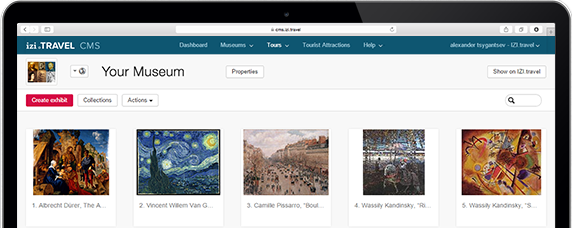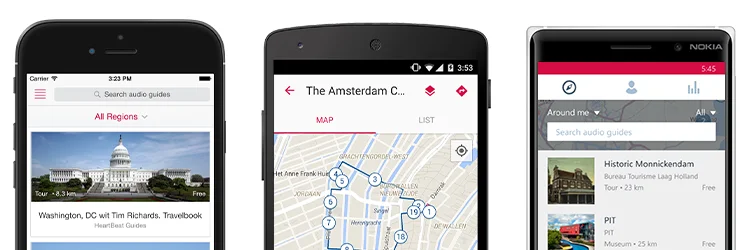Tour audio Art Deco Heritage Walking Tour
2 sights
- Aperçu de l'audioguide
-
Aperçu de l'audioguide
Many of Leeton's buildings were constructed or renovated during the two wars which has left the town with a wealth of Art Deco features.
Art Deco Style became popular between the first and the second world wars. It was originally known as Modernistic or Moderne style but became known as Art Deco around the 1960's. The name came from an exhibition held in Paris in 1925 called the "L'Exposition Internationale des Art Decoratifs".
Examples of Leeton's Art Deco features are mosaic tiling in recessed doorways, pressed metal awning on ceilings, glazed windows, stepped parapets with chevron brick-work and rendered with tin decorative parapets. The Mediterranean (or Spanish Mission style) was also popular during the period. The hydro Hotel (1919) and the Roxy Theatre (1930) are good examples. Leeton was fortunate to have an architect with the versatility of George W A Welch, who designed buildings in all three styles.
- 1 Welcome
- 2 2 The Roxy Theatre
- 3 Movie Cafe
- 4 4 Glance across the street
- 5 92 Pine Avenue, Deez, and empty shop and Lanhams Jewellers
- 6 Mensland Store, Originally Woolworths Variety Store
- 7 Glen Preston Real Estate Building
- 8 44-52 Pine Ave
- 9 Wade Hotel & Chambers
- 10 Leeton Steel Retail
- 11 11 Crossing Road to look at Op Shop
- 12 Old Salvation Army Op shop formally Kinlock Bros
-
Aperçu de l'audioguide
Many of Leeton's buildings were constructed or renovated during the two wars which has left the town with a wealth of Art Deco features.
Art Deco Style became popular between the first and the second world wars. It was originally known as Modernistic or Moderne style but became known as Art Deco around the 1960's. The name came from an exhibition held in Paris in 1925 called the "L'Exposition Internationale des Art Decoratifs".
Examples of Leeton's Art Deco features are mosaic tiling in recessed doorways, pressed metal awning on ceilings, glazed windows, stepped parapets with chevron brick-work and rendered with tin decorative parapets. The Mediterranean (or Spanish Mission style) was also popular during the period. The hydro Hotel (1919) and the Roxy Theatre (1930) are good examples. Leeton was fortunate to have an architect with the versatility of George W A Welch, who designed buildings in all three styles.
Commentaires
Téléchargez l'appli gratuite izi.TRAVEL
Créez vos propres visites audio!
L'utilisation du système et de l'appli de guide mobile est totalement gratuite


